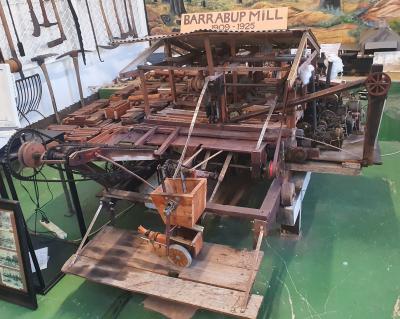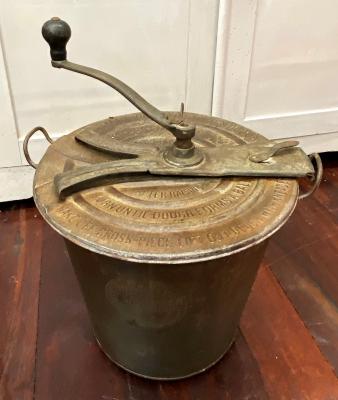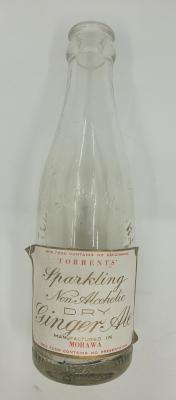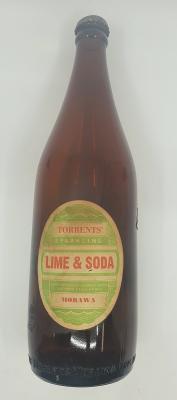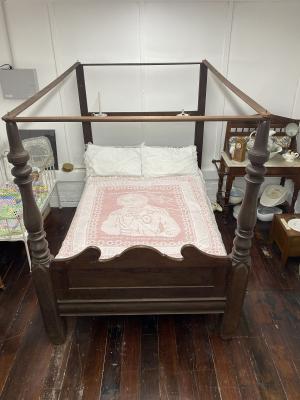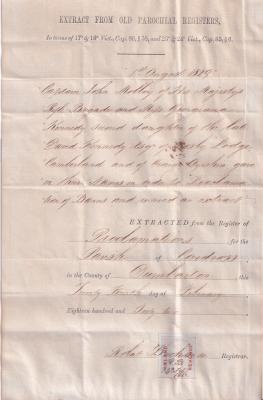Crown Raisin Seeder #4
c. 1896Raisin seeders were patented primarily between 1870 and 1900 and became obsolete with the advent of seedless grapes and the availability of commercial raisins from the 1920’s.
Made from cast iron and powered by a hand crank, the roller-and-tooth raisin seeder was mounted to a table with a clamp screw.
Grapes were grown in the Busselton region almost immediately following European settlement. The Bussell’s planted vines in the 1830s for use as table grapes and make wine for the family. In 1851 Elijah Dawson became the first commercial vineyard owner in the Vasse when he planted 3 acres of grapevines at his property Westbrook. From here he supplied wine to the large number of American whalers who plied their trade off the West Australian coast and local timber workers. However local wine production never became a serious activity until the early 20th Century when Spanish and Italian settlers began farming grapes.
In the home, grapes were also dried as raisins, to be used in baking. Muscat grapes were the most popular as they were big and fruity, with large seeds to match. Seeds did not have to be removed from grapes used in wine production but the removal of seeds was essential when drying for raisins. It was commonly believed that swallowing seeds caused appendicitis.
Details
Details
The Crown Raisin Seeder #4, Patent Nov. 24 1896 by Landers, Frary & Clark, New Britain Conn., USA "Wet the Raisins"
The housewife would soak the grapes in water to soften the skin and then loaded the grapes into the hopper at the top. When the crank was turned, the grapes were squeezed between wire and metal toothed rollers which exposed the seeds. The seeds were then forced out the chute at the front and the grapes would collect in a pile below the rollers. Approximately 450 gm of grapes could be deseeded in 10 minutes. The grapes would then be placed on lined trays, covered with cheesecloth and dried out in the direct sun. Depending on the weather this process could take up to 4 to 5 days, before the raisins were completely dried. Raisins could then be stored in airtight containers for up to 12 months.
Connecticut
United States
The Crown Raisin Seeder #4, Patent Nov. 24 1896 by Landers, Frary & Clark, New Britain Conn., USA "Wet the Raisins"
Busselton Historical Society
Busselton Historical Society
Other items from Busselton Historical Society
- Model of the Barrabup Mill
- Universal Bread Maker # 8
- Sparkling Ginger Ale Bottle - Torrents Morawa
- Sparkling Lime & Soda Bottle - Torrents Morawa
- The Yelverton Bed
- Chastity Belt
- Proclamation of Banns - Captain John Molloy and Georgiana Kennedy
- Sleeper Cutters Dray Display
- Len Woods Sulky
- Spring Cart with Super Spreader
- Doctors Buggy and Horse Display
- Charles Sutton Spring Cart
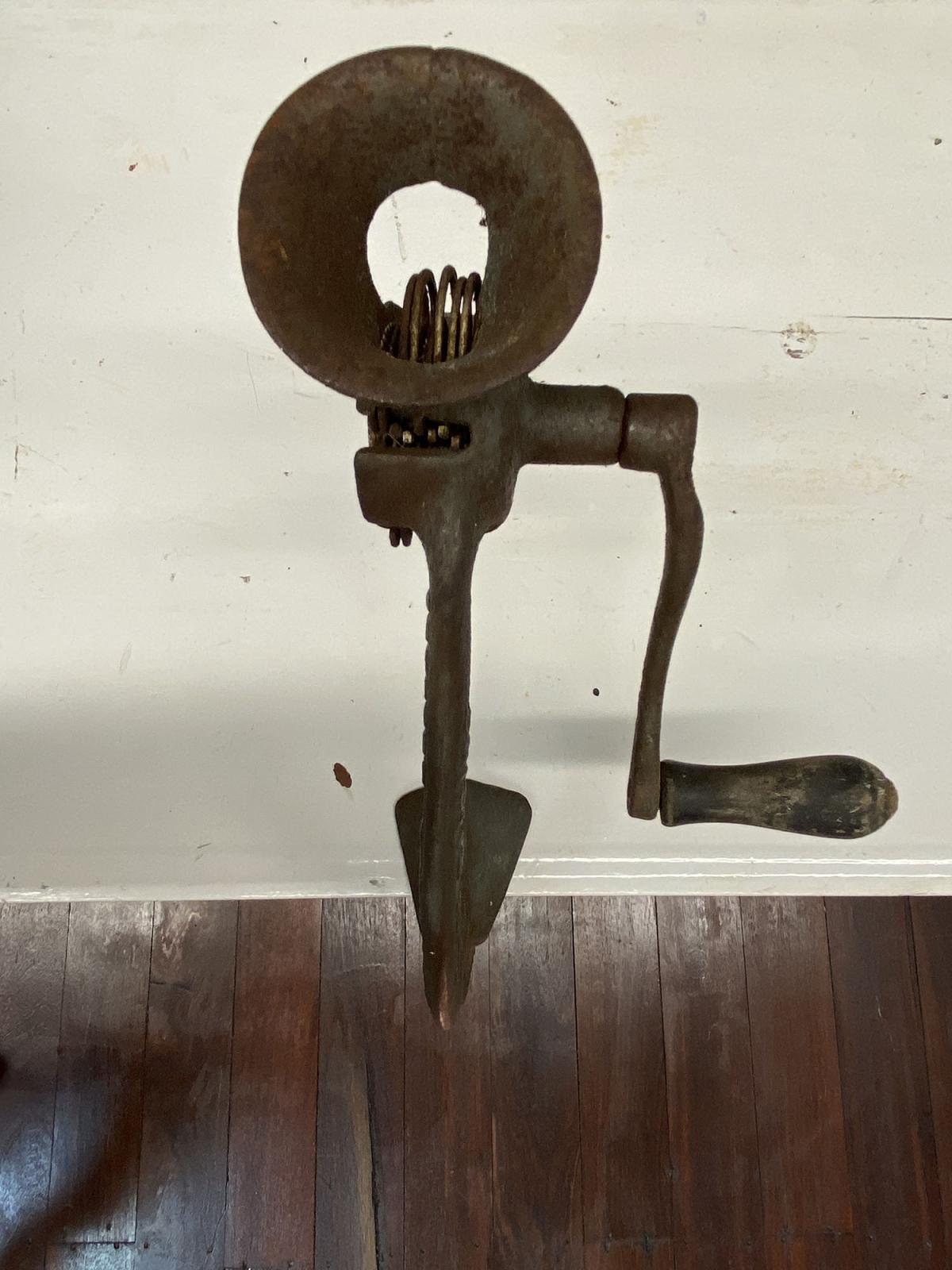
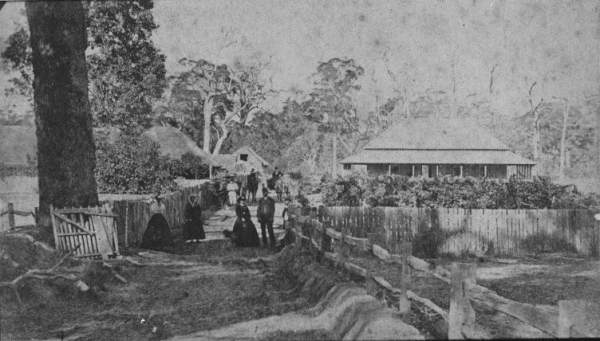
Scan this QR code to open this page on your phone ->

